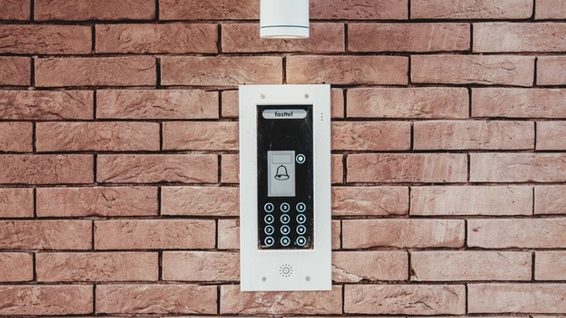Stereo Amplifiers are well known devices to us. Within a spur of moment, this device creates loud and clear sound from devices like CD, DVD, USB drive or any other device containing audio files. In simple words, from discotheques to auditoriums, from home theaters to headphones, stereo Amplifiers are omnipresent. Stereo Amplifier is basically a power amplifier whose main function is to enhance low power audio to highly enlarged audios which have enough power to be accepted by a loudspeaker or any stereo speaker.

Basic Working Principle of Stereo Amplifiers
Now, before delving into the technical aspects of stereo speakers, let me give you a brief overview on the working principle of stereo amp. The basic working principle is same for any amplifier. It first receives an input signal from a source. The source can be any audio file fetched by input devices like smartphone, laptops, TV, turntable, CD, DVD, USB drive, MP3 etc. The amplifier then creates an amplified or enlarged replica of the original signal. The signal which are fed from the input devices like CD, DVD are small and in digital format. The small signal is enhanced by an amplifier with the help of a power source. The power required to enhance the signal comes from the 110-volt wall receptacle. The level of enhancement is very important. It should match to be compatible to that of an output device like loudspeakers, woofers or headphones etc. So, the three main components are an input from the source, an output to loudspeakers, and power source from the 110-volt wall socket.
The power plays a pivotal role in amplification process. The power source of 110-volts produces alternating current. Alternating current or AC current flows in two directions positive and negative. So an AC current is not a suitable source of power. A special section converts this AC current to DC current or direct current which flows in single direction. Then, from the battery or power supply, the electrical current is sent to a variable resistor called transistor. The transistor is essentially a valve that controls the amount of current flowing through the circuit based on the input signal from the source.
That’s the basic working principle of an amp. Now before buying Stereo Amplifiers, you must keep your eyes open and gather some knowledge about different types of stereo amplifiers. It will be beneficial for you as you get an unequivocal perspective about different amps.
Matching with Speakers
Usually most users prefer purchasing an entire package of speakers with amp. But other users make the most of their speakers by changing the stereo amplifiers and pushing the speakers’ limit to the maximum best. So matching the speakers with Amplifiers is very important. If it’s not matched properly then the sound quality of the speakers will deteriorate. Hence, always check the specifications of speakers and stereo amplifiers to get the best result.
- Impedence Matching: Impedence matching can be explained with a help of a simple analogy. It is something like garden pipes used to water plants in distances. We connect one pipe with the other to make a long pipe. If the cross section of one pipe is not matched with that of the other pipe, water will start leaking. Same is the case with impedence matching. If the impedence is not matched properly between speakers and amps, then you will hear distorted sound. If the resistance of an amp is between range 4-16 Ohms, then the resistance of the speakers should life within this range.
- Power: Continuous Power, Dynamic Power are two important aspects to look at. If a specification sheet says “50 watts Continuous Power into 8 ohms,” it means the amp will output 50 watts into an 8-ohm speaker. Dynamic Power is a measure of an amp’s maximum power output when pushed beyond its Continuous Power rating.
- Sensitivity: Sensitivity corresponds to how loid a speaker can get. When distance and power are the same, a lower sensitivity speaker (say, 85dB) would sound quieter than a higher sensitivity speaker (say, 90dB) in the same space and same setup. A comparatively higher sensitivity speaker could save you from having to buy a larger amplifier. Another important point to note here is that Amplifier power must double to increase a speaker’s SPL by 3dB. So, an amp may require 1 watt to produce 85dB of sound, 2 watts to produce 88dB, 4 watts to produce 91dB and so on.
You can get more details about different types of stereo amplifiers at speakerxpert.com








Leave a Reply